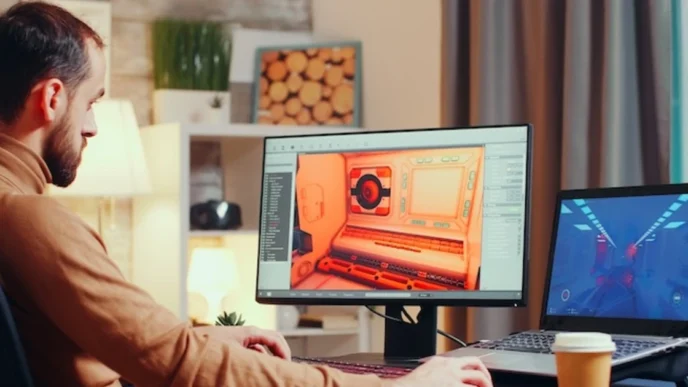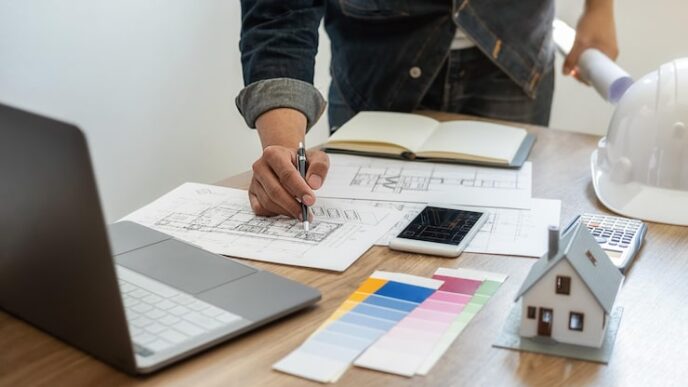Architecture surrounds us every day, from the homes we live in to the skyscrapers that define city skylines. Yet, many people think of it merely as construction or design. Modern architecture goes far beyond that—it’s a blend of art, science, culture, and innovation. Understanding what architecture really means can change the way we interact with our environment, improve our communities, and even influence our well-being. In this article, we will demystify architecture and explore its significance in modern life.
Understanding Architecture: More Than Just Buildings
Architecture is not just about erecting structures; it’s about shaping the spaces where life happens. At its core, architecture is a reflection of society, technology, and culture. Every building tells a story about the era it was built in, the people who designed it, and the needs of the community it serves.

The Evolution of Architecture in Modern Times
Modern definition of architecture has evolved tremendously, embracing innovation and sustainability. From sleek minimalist designs to eco-friendly buildings, architects are creating spaces that are functional, aesthetic, and environmentally responsible. The evolution of architecture can be broken down into three major trends:
Sustainability and Green Architecture
Today, architects focus on reducing environmental impact. Green architecture incorporates energy-efficient systems, sustainable materials, and designs that harmonize with nature. Buildings are no longer just shelters—they are tools for environmental stewardship.
Technology-Driven Design
Technology has transformed how architects conceptualize and construct buildings. From 3D modeling and virtual reality to smart home systems, modern architecture leverages technology to improve efficiency, safety, and user experience.
Cultural and Social Influence
Architecture reflects society’s values and cultural identity. Public spaces, monuments, and urban designs reveal a city’s history and priorities. Architects today consider inclusivity, accessibility, and community engagement in their designs, ensuring spaces serve everyone.
Why Architecture Matters in Everyday Life
Architecture shapes our daily experiences. The layout of a workspace affects productivity, the design of a park influences recreation, and the organization of a city impacts transportation and safety. Thoughtful architecture improves quality of life, encourages social interaction, and fosters a sense of belonging.

Conclusion
Architecture is more than bricks and mortar—it’s a vital part of modern life that influences our environment, culture, and daily experiences. By understanding its true meaning, we can appreciate how thoughtful design enhances communities, protects the environment, and inspires innovation. Architecture is a living art form that evolves with society, and its impact is felt by everyone, every day.













